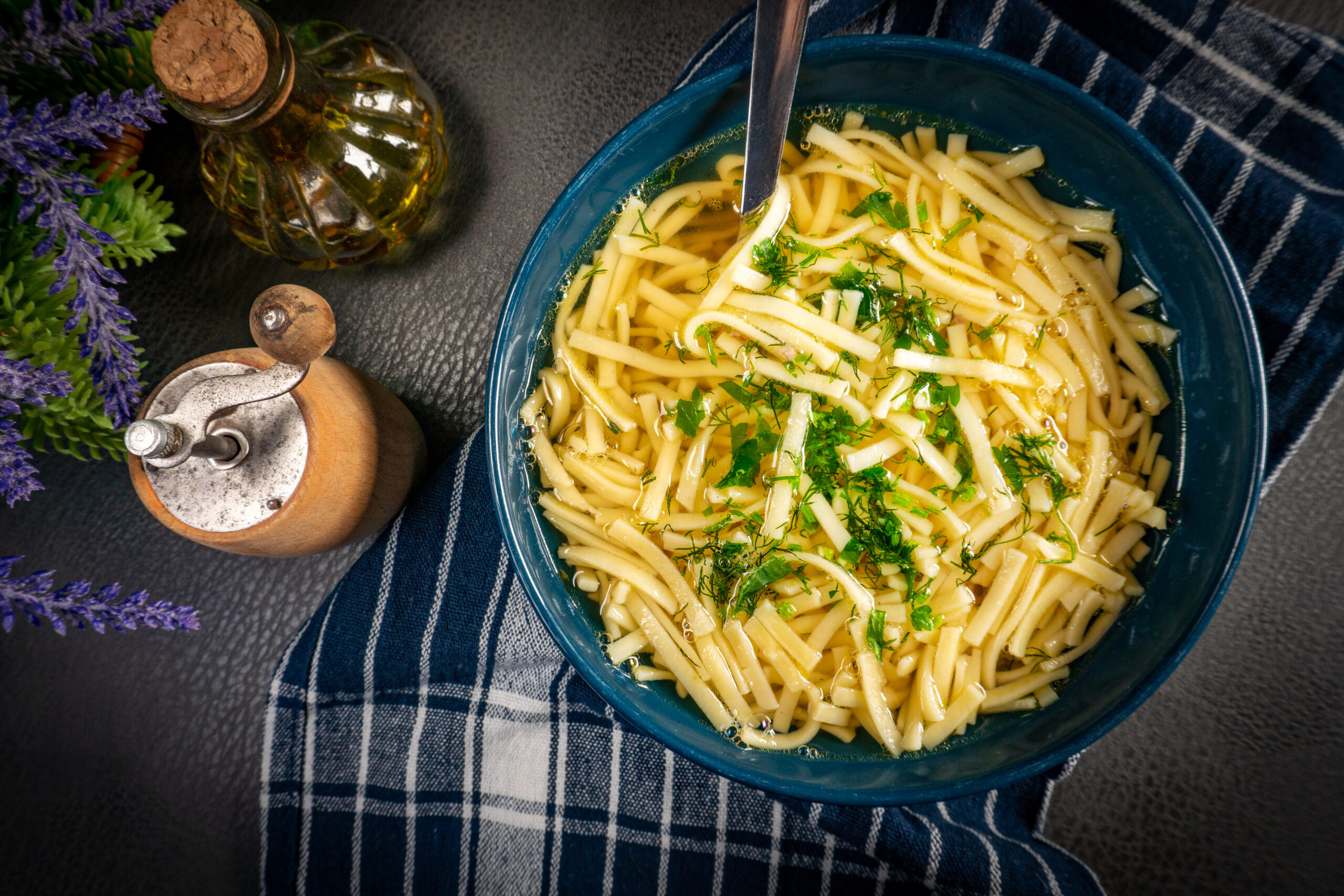Physical Address
304 North Cardinal St.
Dorchester Center, MA 02124
Physical Address
304 North Cardinal St.
Dorchester Center, MA 02124

Looking for a cozy, flavorful dinner that comes together in no time? This Creamy Garlic Parmesan Pasta recipe is exactly what you need! It’s rich, silky, and bursting with savory garlic and sharp parmesan, creating an irresistible Italian-inspired dish that you can whip up any night of the week.
This dish wins hearts because it combines simplicity with incredible flavor. Using just a handful of ingredients, you’ll create a sauce that’s velvety and indulgent. The aroma of sautéed garlic paired with nutty Parmesan cheese is pure magic—resulting in a comforting meal that feels both effortless and elevated.
Versatile and quick, this pasta is perfect as a main course with a crisp green salad or as a luscious side to your preferred protein. Impress guests or satisfy your cravings in under 20 minutes with this foolproof recipe!

Grate your Parmesan and mince the garlic before you start cooking—trust us, multitasking here ends in burnt garlic!
Boil pasta in salted water per package instructions. Slightly undercooked is best, since pasta will finish cooking in the sauce. Don’t forget to save about ½ cup of your pasta water before draining.
Melt butter over medium heat, then add garlic. Cook until fragrant and lightly golden—be careful not to burn it!
Reduce heat to medium-low, stir in the heavy cream, and simmer gently for 2 minutes until the sauce thickens slightly. Season with salt and pepper.
Add drained pasta to the pan and toss to coat. Pour in reserved pasta water and most of the Parmesan cheese, stirring until melted into a smooth sauce. Adjust sauce thickness as needed with more pasta water.
Remove from heat, sprinkle with remaining Parmesan and fresh parsley, toss gently, and serve immediately.
Can I prepare this pasta ahead?
Yes, up to 24 hours. Reheat gently with a splash of cream or milk for the best texture.
What if my sauce is too thick or thin?
Thin it with pasta water or cream, thicken it with more cheese or a slow simmer.
Can I use gluten-free pasta?
Absolutely! Just save that pasta water—it still works wonders.
How long will leftovers last?
Store covered in the fridge for up to 3 days. Sauce may separate but comes back with gentle reheating.
Why does restaurant pasta taste richer?
Restaurants often use extra butter, garlic, and cheese. Don’t hold back at home!
Can I freeze this dish?
Cream-based sauces don’t freeze well—best enjoyed fresh.
This creamy garlic Parmesan pasta demonstrates that simple ingredients and straightforward cooking techniques can lead to extraordinary flavor. Whether for a busy weeknight or casual entertaining, it’s a recipe that’s quick, luxurious, and endlessly customizable.
Ready for more speedy dinner ideas? Browse our easy dinner recipes collection for meals that come together in 30 minutes or less. Curious about the science behind perfect pasta? This Serious Eats guide offers a deep dive into why pasta water is a game-changer.
Grab your ingredients and create a bowl of indulgent garlicky goodness tonight—you’re going to love every bite!
Want just the essential recipe details without scrolling through the article? Get our printable recipe card with just the ingredients and instructions.